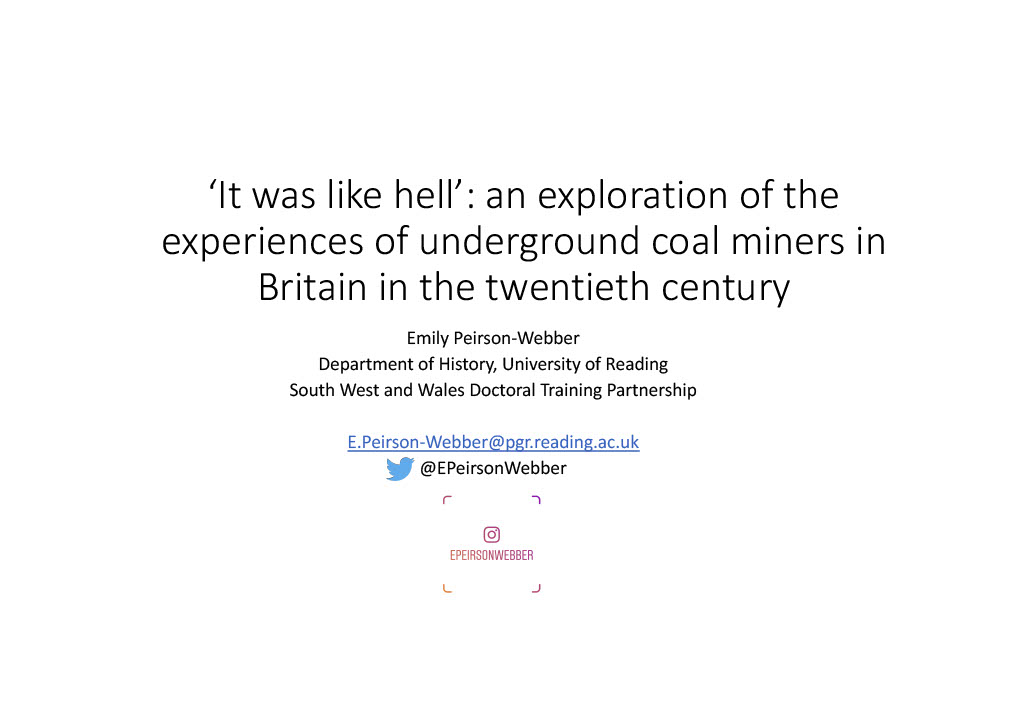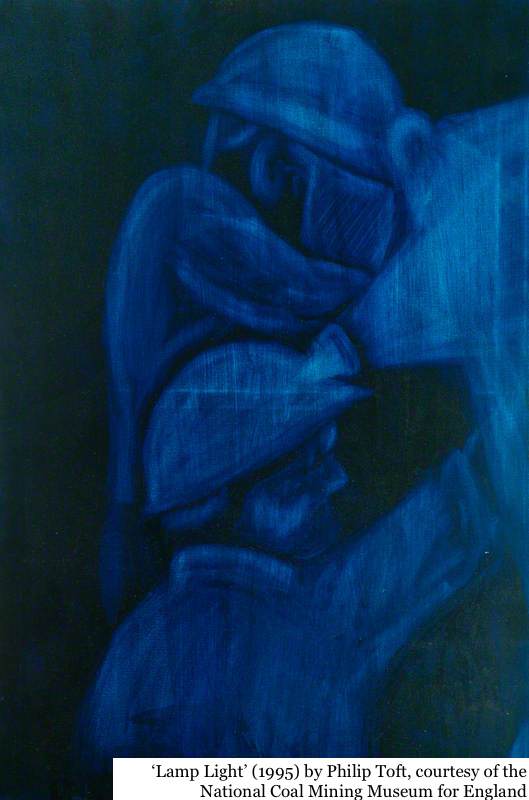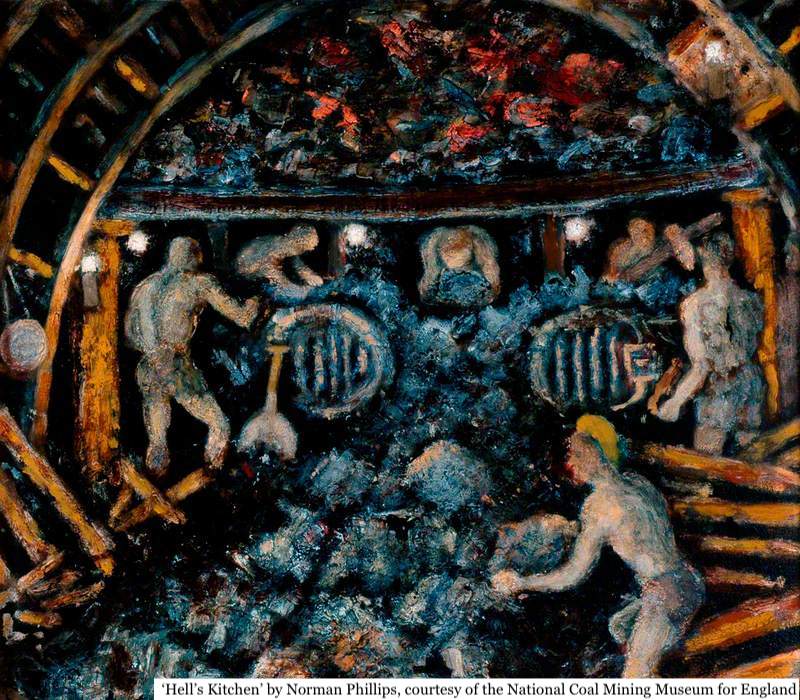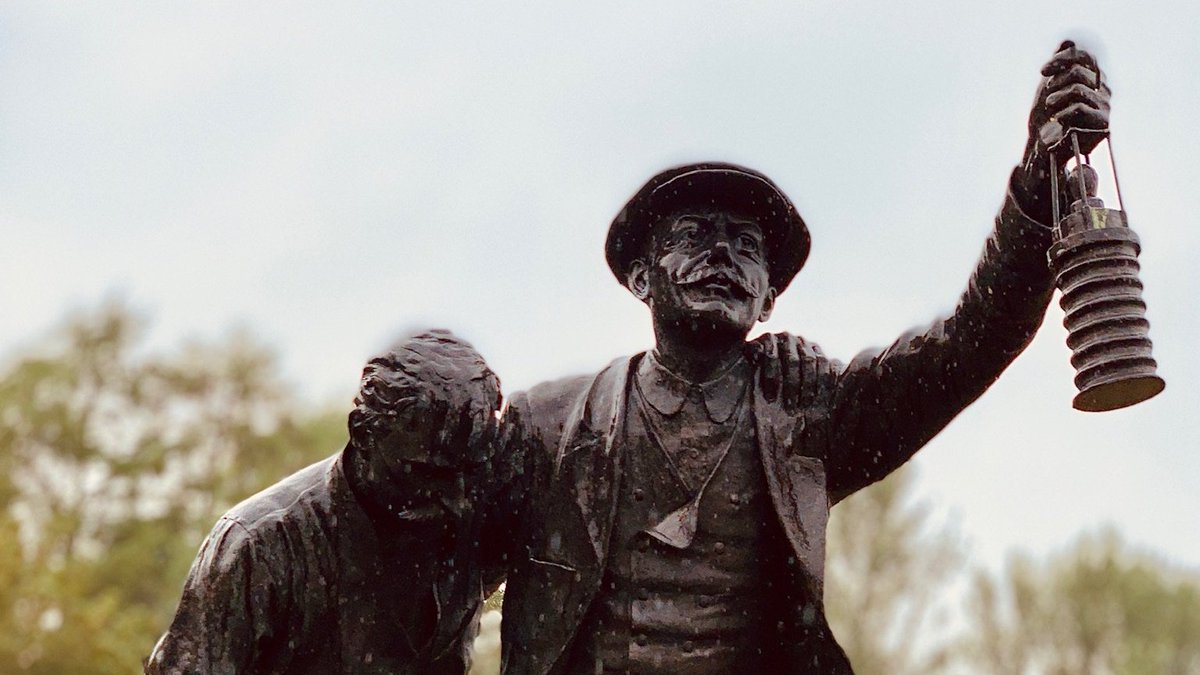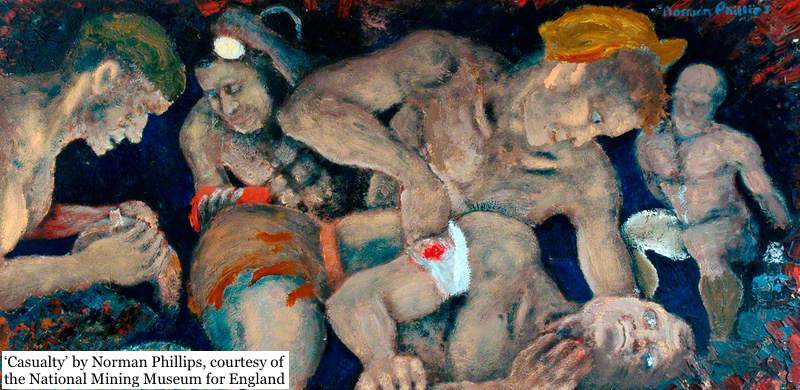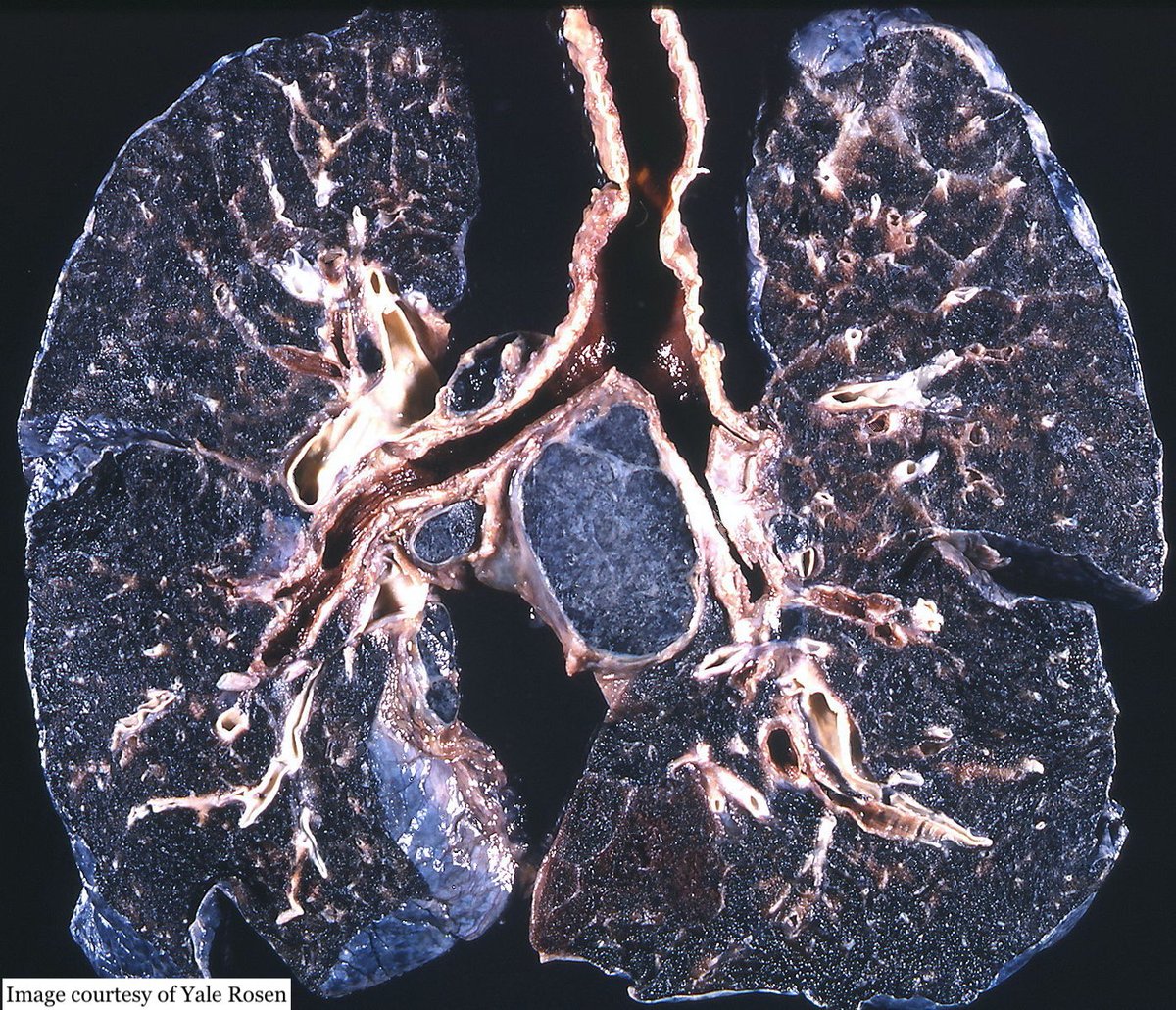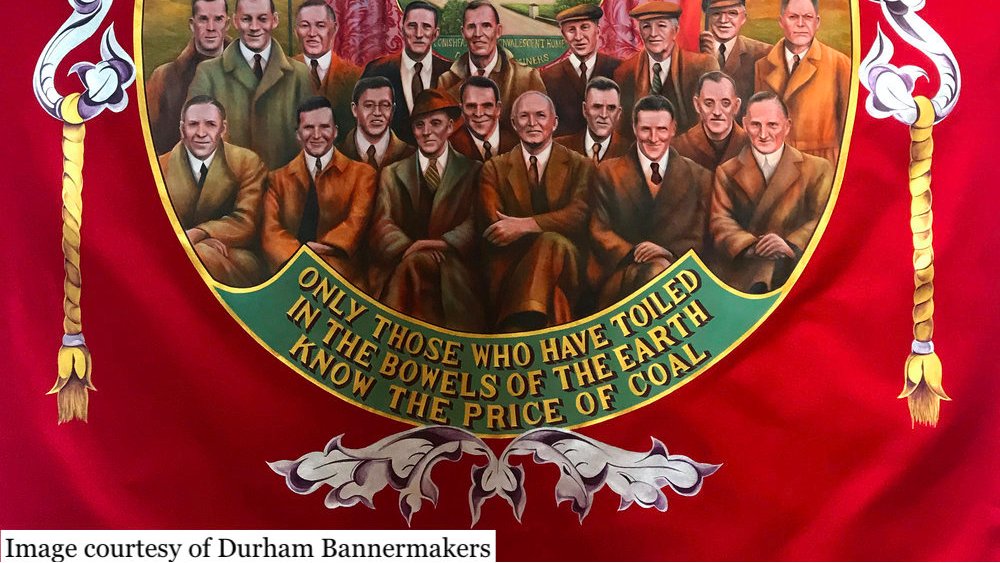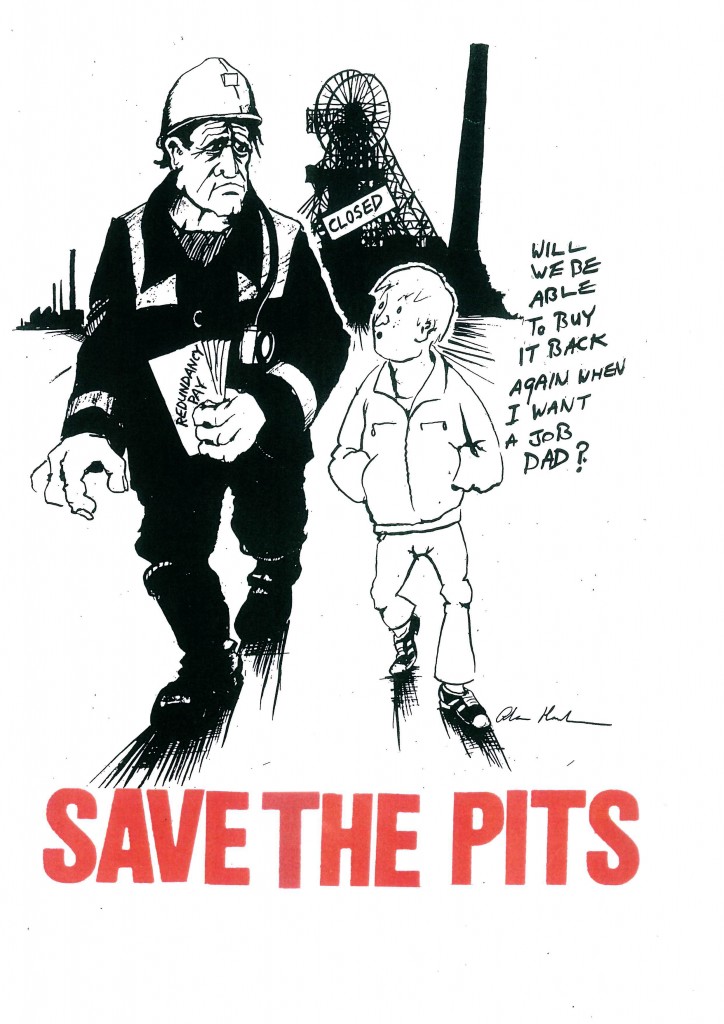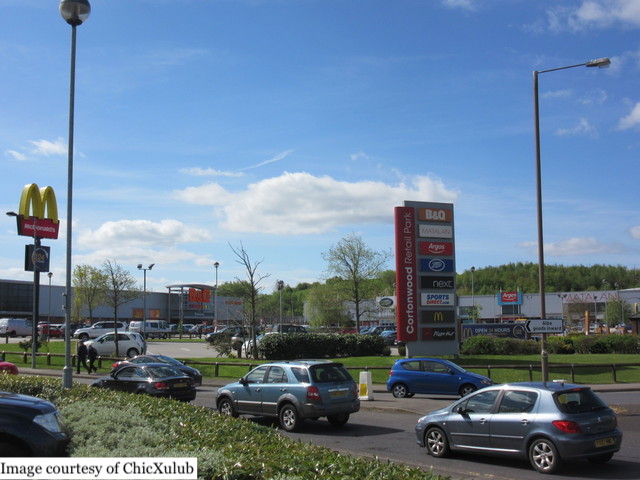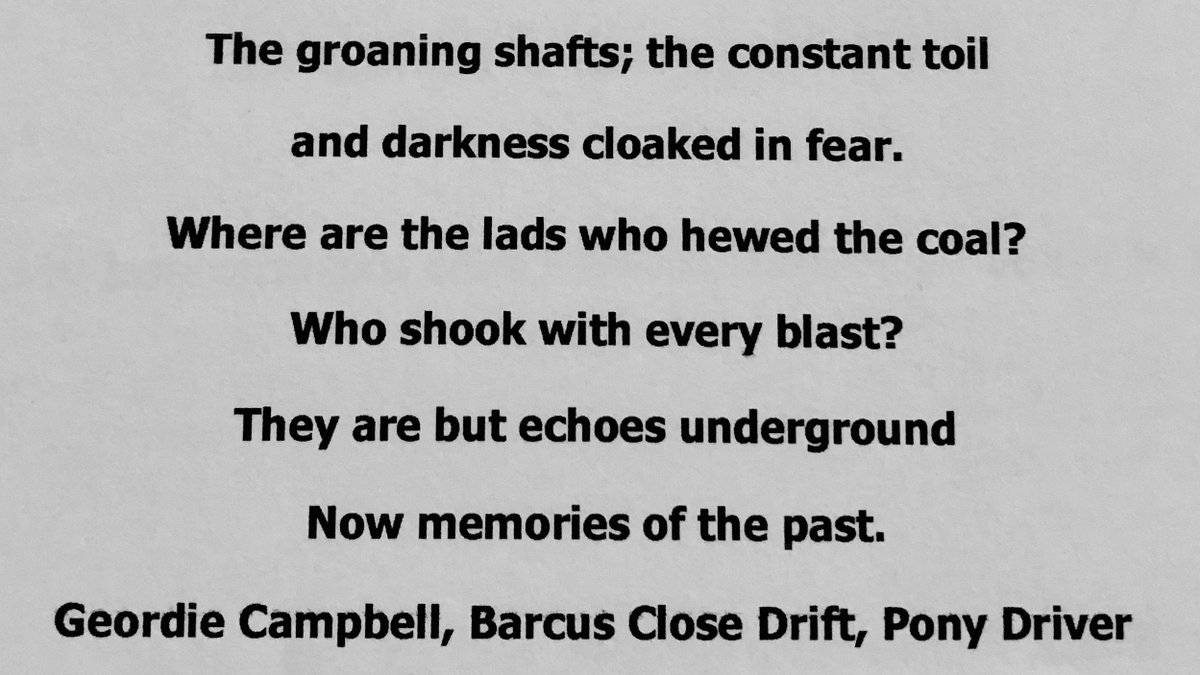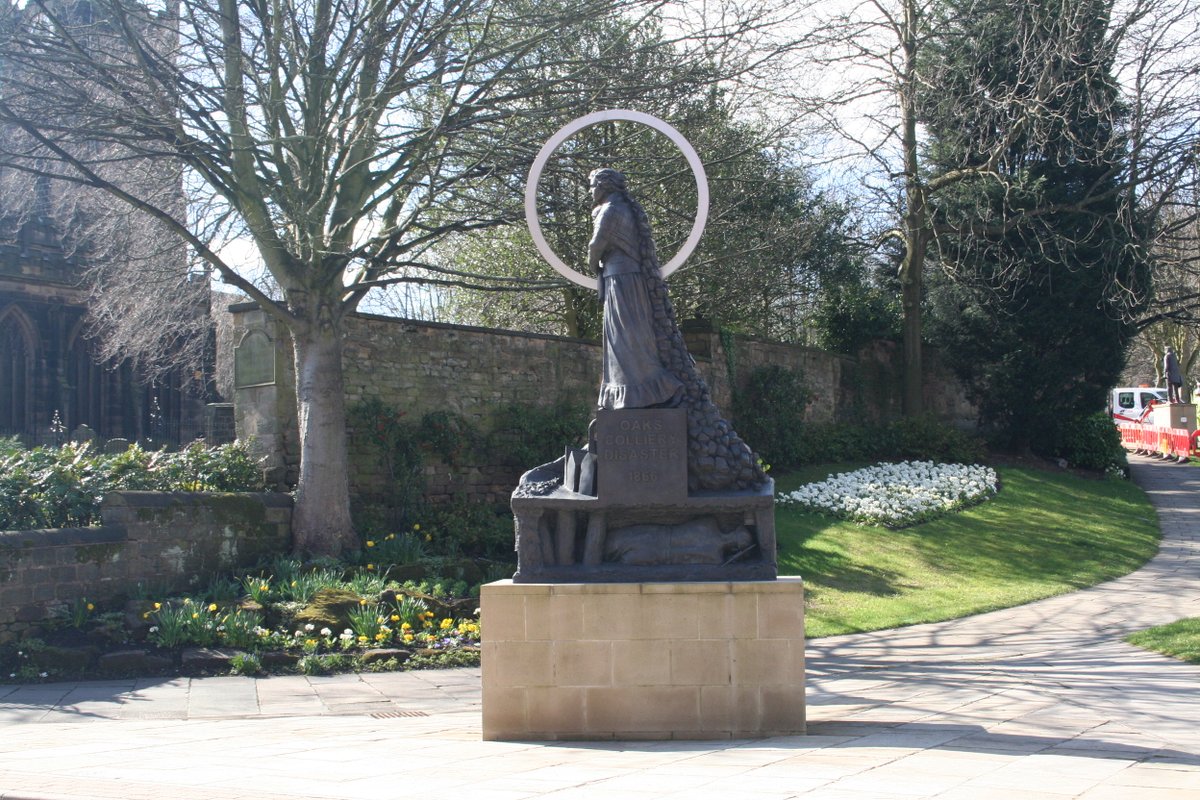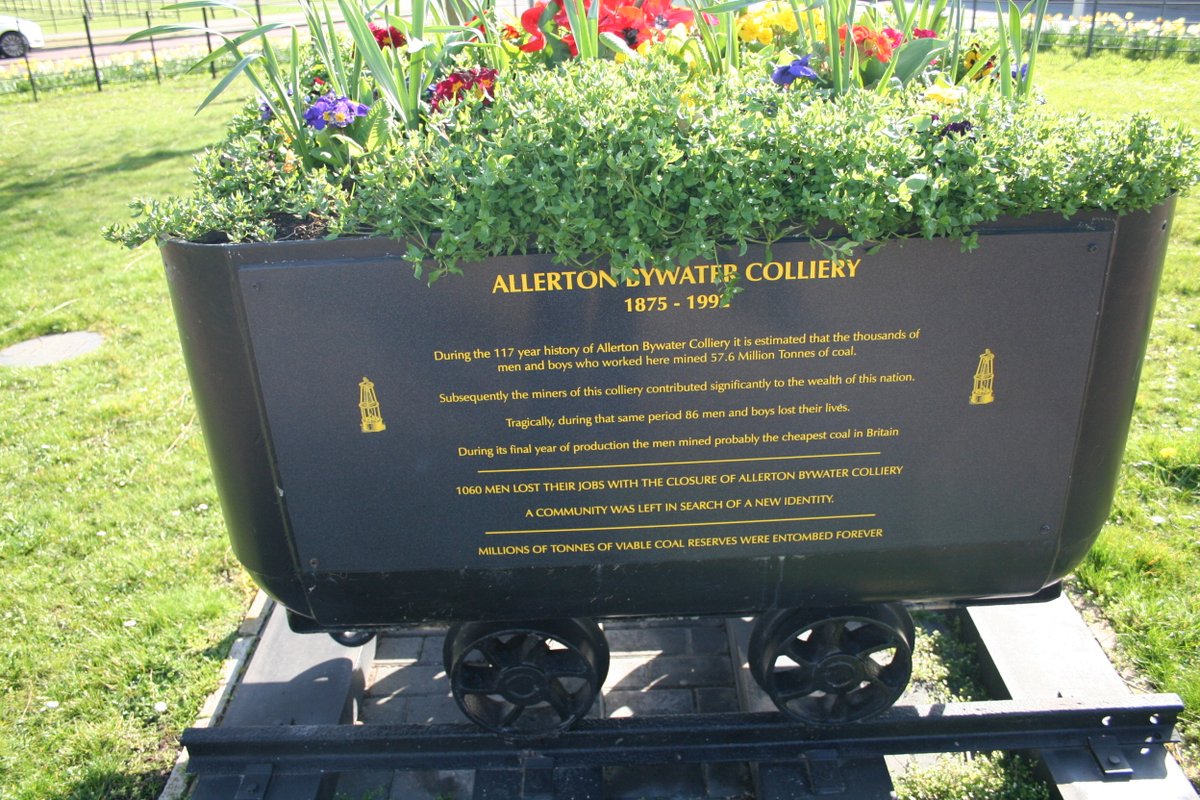1/20 Hello, I’m a PhD student @UniRdg_History, @UniofExeter funded by @SWWDTP, researching the British mining industry, through oral history. I will discuss the ‘hidden landscape’ of the pit, how miners navigated this & how it permeated workers’ bodies & minds #HiddenLandscapes
2/20 In & #39;The Mineshaft& #39; (1922) pitman poet A.E. Tomlinson described finding ‘Hell’s own image in a Durham mine.’ One saying was that God made the world but the Devil made coal, and hid it in the earth, to drive men mad seeking it #HiddenLandscapes https://www.youtube.com/watch?v=wLvJW5F9WT4">https://www.youtube.com/watch...
3/20 In 1929 Durham miner and author Harold Heslop wrote: ‘There is nothing so awful as the darkness of a mine.’ In the late 20th c. trainee miners would be told to switch off their headlamps so they could experience the total darkness of the pit #HiddenLandscapes
4/20 Miners also faced extreme heat underground, with temperatures in a deep pit in the summer often exceeding 30°C. Snowdown pit in Kent was known locally as ‘Dante’s inferno’. As one interviewee described: ‘it was the nearest thing to working in hell’. #HiddenLandscapes
5/20 Disasters were renowned in mining culture. Explosions at the Oaks (1866), which killed 361 miners; at Blantyre (1877), which killed 207 miners & the Universal Colliery (1913), which killed 439 miners, were the worst in England, Scotland & Wales respectively #HiddenLandscapes
6/20 These dangers extended into the late 20th c. The Wilberforce Report (1972) stated & #39;other occupations have their dangers and inconveniences, but we know of none in which there is such a combination of dangers, health hazard, discomfort in working conditions& #39; #HiddenLandscapes
7/20 Through their work miners also risked a variety of pit-induced ailments, including lung diseases like miners’ pneumoconiosis or ‘black lung’, and silicosis. Image: coal workers’ pneumoconiosis - anthracosilicosis, black pigmentation and fibrosis of lungs #HiddenLandscapes
8/20 Coal dust in wounds caused blue scars, as one miner described his father: ‘He was covered in scars, just like a tattooist has gone like that, all over their back, he was covered in it.’ Like the pit, this bodily landscape was often hidden from public view. #HiddenLandscapes
9/20 As one interviewee observed: ‘without a doubt men were the softest things in the pit’. To counter dangers underground miners relied on a ‘sixth, or pit, sense’. It is captured in the Durham folk song Jowl and listen lad (listen at https://shar.es/ab8y3h )">https://shar.es/ab8y3h&qu... #HiddenLandscapes
10/20 Miners also developed a distinct underground culture to survive the pit, characterised by their use of dark, gallows humour. They shared an intense camaraderie which, as one miner described, meant men would ‘shift heaven and hell for you’ #HiddenLandscapes
11/20 After the failure of the year-long ’84-85 miners& #39; strike, a rapid pit closure programme was enacted. Miners suffered not only unemployment, but also the psychological consequences of the premature severing of their intergenerational ties with the pit #HiddenLandscapes
12/20 The ‘capping’ of pits following closure & the destruction of pit workings above ground, in what some called an act of ‘cultural cleansing’, severed miners’ tie to the landscape, and meant they could never return underground #HiddenLandscapes https://www.theguardian.com/stage/2014/mar/10/lee-hall-spielberg-arthur-scargill-billy-elliot">https://www.theguardian.com/stage/201...
13/20 Erasure of the above ground presence of collieries meant the loss of long-standing local topographical markers. Today former pit sites are housing estates, business parks, and even ski slopes. Image: Cortonwood shopping park #HiddenLandscapes
14/20 The repercussions of the loss of this hidden landscape continues today. My interviewees were still haunted by their experiences, often dreaming of being back in the pit, as one described: ‘it’s still in your psyche, the smell, the heat, the descent down’ #HiddenLandscapes
15/20 Former miner Brian Morley had no formal training but felt compelled to begin drawing aged 80. For Brian, these drawings were a way to keep his memories alive, as they began to fade and as the pits disappeared. https://www.nottinghampost.com/news/local-news/former-miner-started-drawing-aged-3275574">https://www.nottinghampost.com/news/loca... #HiddenLandscapes
16/20 New monuments have been erected in former mining communities such as @ibboart’s 2017 sculpture commemorating the Oaks disaster. Such monuments situated in prominent positions in the modern landscape, act as a reminder of what lies beneath #HiddenLandscapes
17/20 Despite commemorative markers, former miners’ awareness of the ‘hidden landscape’ underground, particularly when it had entombed men in the past, meant above ground activities could desecrate this https://www.dailyrecord.co.uk/news/scottish-news/miners-fury-rave-grave-goes-3951236">https://www.dailyrecord.co.uk/news/scot... #HiddenLandscapes
18/20 The pit permeated miners& #39; bodies & minds. Drawing on Yi-Fu Tuan’s work on ‘affective ties’ to environments, and how these could result in topophilia, or topophobia, (love/fear of place), miners’ relationship with the pit was complex & had aspects of both #HiddenLandscapes
19/20 Though the pit was often compared to hell, miners grew physically attuned to this hidden landscape through pit sense, and felt an emotional attachment to it as a site of family history and great comradeship, and as the resting place of fallen colleagues #HiddenLandscapes
20/20 Despite the capping of pits and the removal of mine workings from the landscape, miners & their communities retain a strong awareness of the hidden landscape beneath, and miners continue to carry the mental and physical scars of their time working there. #HiddenLandscapes

 Read on Twitter
Read on Twitter